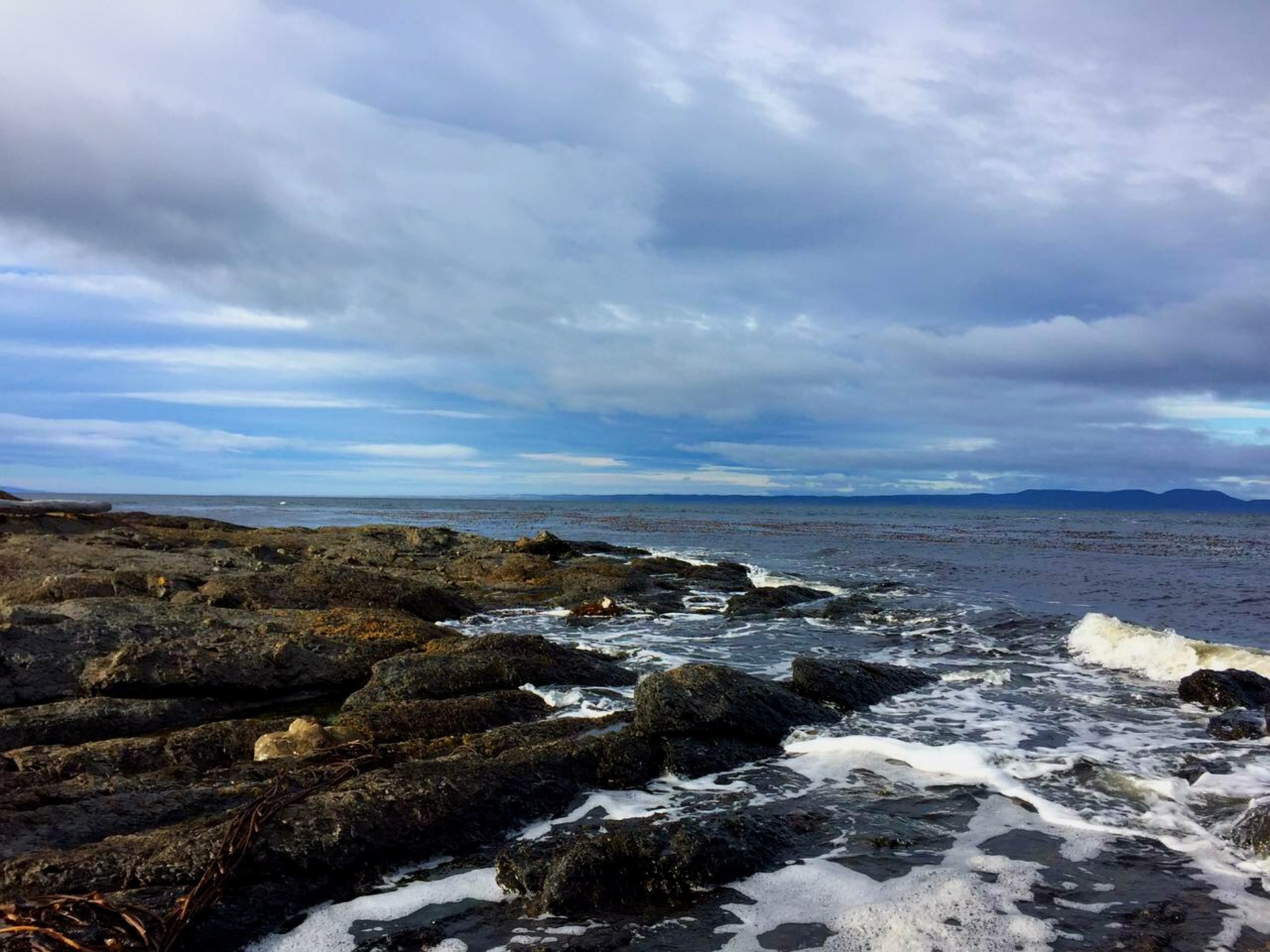Discovering Patagonia’s Past: A Journey Through Punta Arenas
Tucked away in the southernmost part of Chile, Punta Arenas is a city that seems to be at the edge of the world. Overlooking the historic Strait of Magellan, this city has witnessed significant events and changes over centuries, making it a fascinating destination for history buffs and travelers alike.
The Founding of Punta Arenas
Punta Arenas was established by the Chilean government in 1848 as a small penal colony. The original settlers were brought from the island of Chiloe, and this migration flow has been constant since then. The city was founded by Col. José de los Santos Mardones, and it flourished as a port of call and coaling station until the opening of the Panama Canal in 1914.
The city’s name, which translates to ‘Sandy Point,’ was given in honor of the Portuguese sailor who discovered it, Hernando de Magallanes. Just like other cities in southern Chile, Punta Arenas originally was a fort created to defend the territory and its settlers from the attack of foreign vessels.
Growth and Prosperity
Punta Arenas grew during the same time as the California gold rush due to its prime position beside the sea. Situated astride one of the world’s historic trade routes, its prosperity was intertwined with global commerce. The city thrived thanks to the maritime traffic that passed through the Strait of Magellan, making it an important coaling station.
Architectural Heritage
Stretching north-south along the Strait of Magellan, the city boasts an architectural heritage that ranges from the Magellanic vernacular of corrugated metal-clad houses to stately mansions. These structures stand as silent witnesses to the city’s vibrant past, offering a visual journey through time for visitors.
Preserving History: Museums and Historic Sites
Punta Arenas is home to numerous museums and historic sites that preserve its rich history. Among them is a museum dedicated to the creation and history of this southern zone, from the first inhabitants to the present day. This institution offers a comprehensive overview of Punta Arenas’ past, making it a must-visit for anyone interested in learning more about the city’s story.
The Influence of the Gold Rush
In the mid-19th century, the California Gold Rush brought a wave of immigrants to Punta Arenas1. As prospectors traveled around Cape Horn to reach the gold fields of California, Punta Arenas became a vital coaling station. This influx of travelers brought an economic boom to the city, which saw a rapid increase in commerce and population.
The Wool Boom
Following the decline of the gold rush, Punta Arenas found its next economic lifeline in the form of sheep ranching2. In the late 19th and early 20th centuries, the region’s vast grasslands proved ideal for sheep farming, leading to the development of a prosperous wool industry. The city’s wealth during this period is still evident today in the grand mansions built by wool barons, many of which have been preserved as museums and historic sites.
The Role of Punta Arenas in Antarctic Exploration
Punta Arenas has played a significant role in Antarctic exploration due to its proximity to the continent3. It served as a launching point for numerous expeditions in the late 19th and early 20th centuries. Today, it continues to be a crucial logistical hub for scientific missions to Antarctica, further enhancing its historical significance.
Modern Punta Arenas: A Blend of Past and Present
Despite its remote location, modern Punta Arenas is a vibrant city with a rich cultural scene. Its history is reflected in its architecture, museums, and monuments, while its future is represented by its thriving arts scene, diverse gastronomy, and growing tourism industry4. This blend of past and present makes Punta Arenas a unique destination that offers much more than just natural beauty.
The Bottom Line
With its layered history, from its founding to its role in global trade and Antarctic exploration, Punta Arenas offers a fascinating glimpse into the past. Whether you’re exploring its historic sites, delving into its museums, or simply strolling its streets, you’ll find reminders of its rich history at every turn. So pack your bags and set sail for Punta Arenas, where history and adventure await in the heart of Patagonia.





